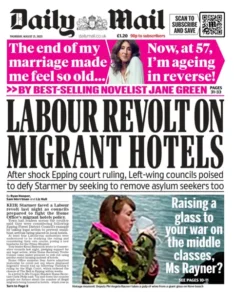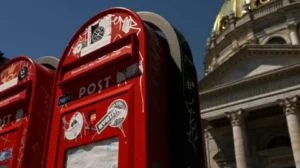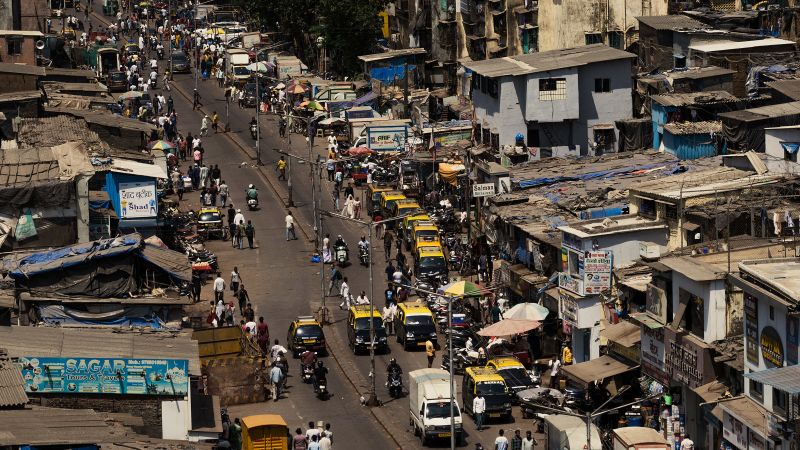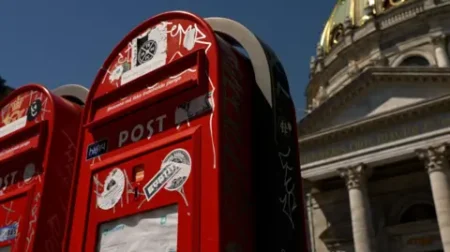Masoom Ali Shaikh, a long-time resident of Mumbai’s Dharavi slum, recalls how the area has transformed over the years since he arrived there in 1974. What was once a creek surrounded by garbage is now a bustling hub of industry, housing small businesses that cater to the needs of roughly one million residents in the cramped confines of the 500-acre slum.
However, recent developments have sparked concern among Dharavi’s residents, as one of Asia’s richest men, Gautam Adani, has won the bid to redevelop the area. His ambitious plans promise a new era of development, with state-of-the-art infrastructure and amenities that aim to transform Dharavi into a modern, world-class city.
While some residents welcome the promises of change and opportunity, others remain skeptical, fearing the impact on their livelihoods and homes. Demonstrators have taken to the streets in protest, expressing concerns that they may be displaced and lose their businesses in the process.
Adani’s redevelopment plan aims to relocate and resettle about a million residents, providing new homes and facilities such as healthcare, education, and open spaces. However, there are questions about eligibility and compensation for residents, with ground-floor residents before 2000 receiving a free unit within Dharavi, while others may have to pay for their new homes or rent from the government.
The Dharavi Redevelopment Project, a collaboration between Adani and Maharashtra state authorities, is expected to take seven years to complete, with a focus on improving the lives of residents while also revitalizing the area’s economy. Despite the lofty promises, many residents remain cautious, concerned about the uncertainties that lie ahead in this ambitious transformation of their home.












